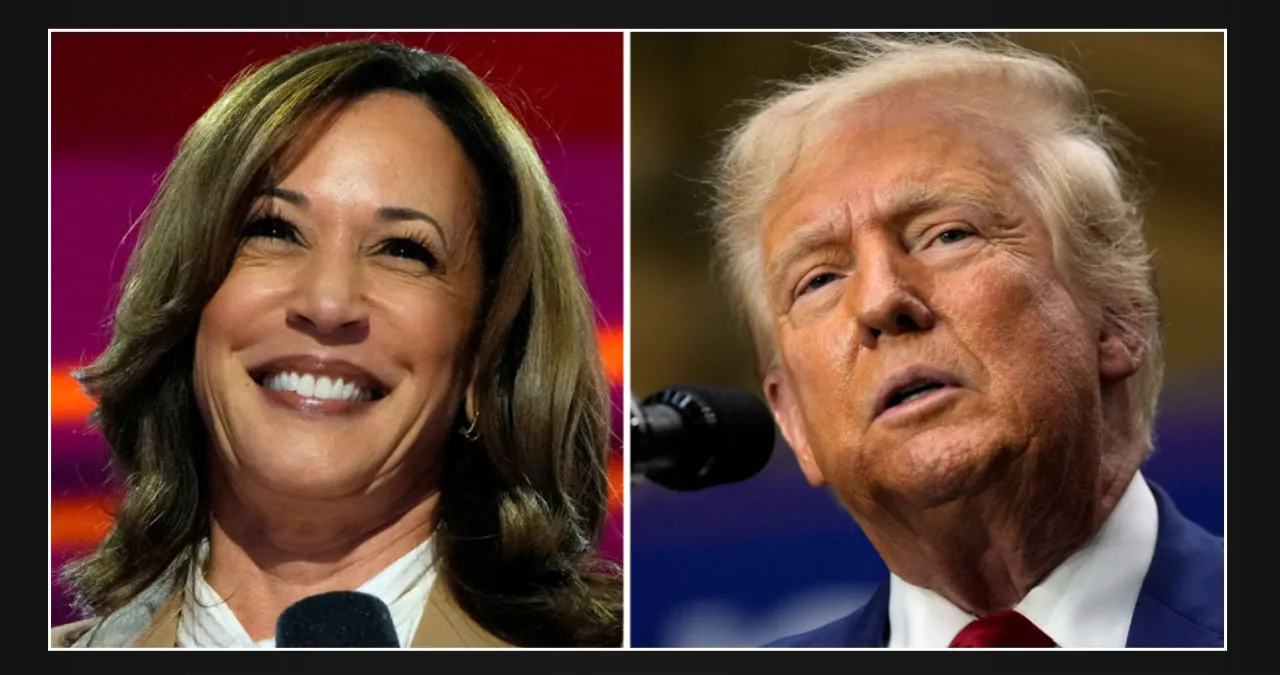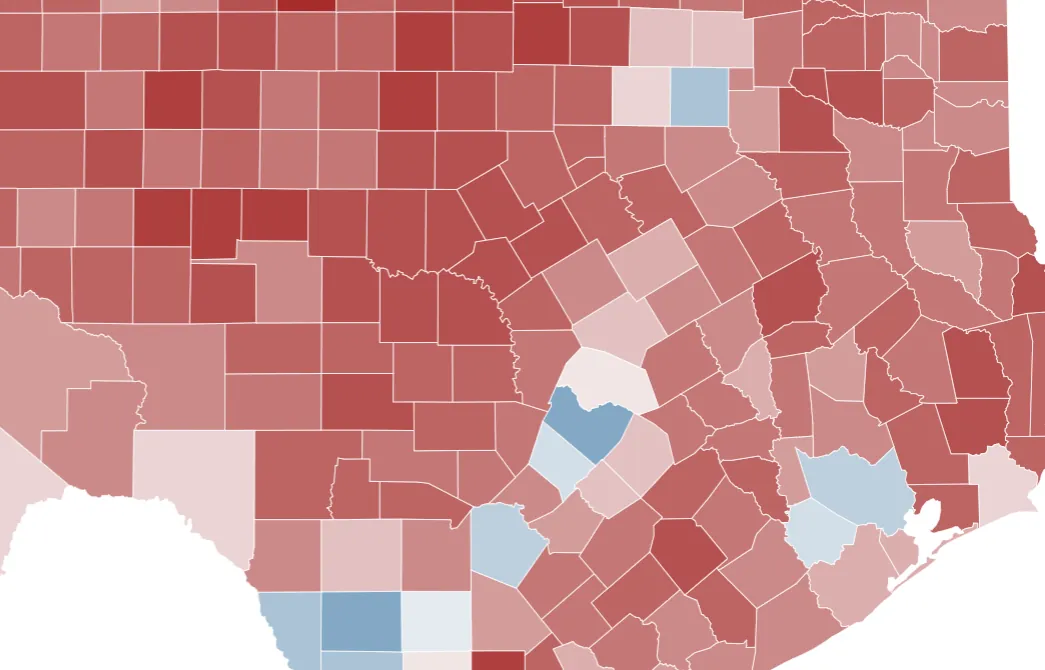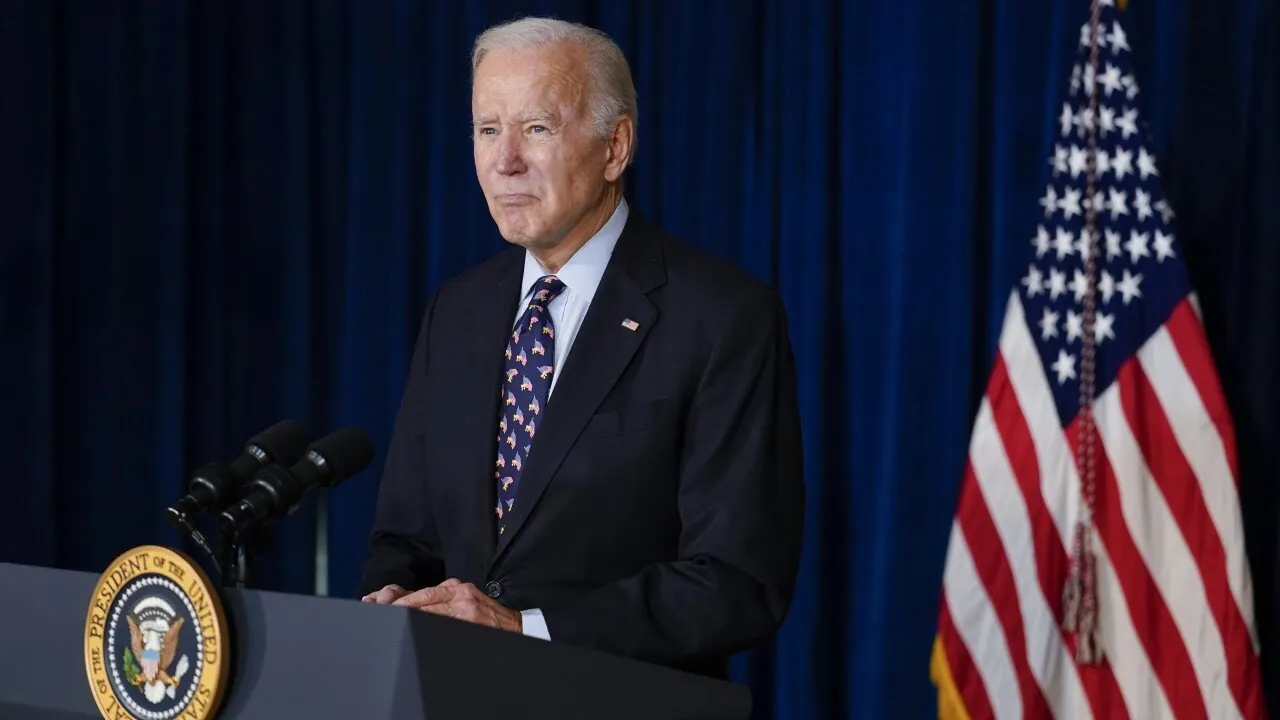Vice President Harris has gained a slight advantage over former President Trump in a recent poll, signaling a positive development for the Harris campaign in North Carolina.
According to a High Point University/SurveyUSA poll released on Thursday, Harris garnered 46 votes from registered voters in North Carolina, one point more than Trump. 8% stated they were undecided.
Harris led Trump by two points among those who were positive they would vote in November, 48 percent to 46 percent, according to pollsters.
According to the poll, things have changed substantially among North Carolina voters who said they would “probably vote,” with Trump now leading Harris by 10 points and receiving 50 percent support.
Harris and Trump deadlocked with 47 percent when pollsters combined certain and probable voters, whom Survey USA categorized as “likely voters.”
The survey comes only days after Sabato’s Crystal Ball, a leading election forecaster, revealed it had changed North Carolina’s “leans Republican” column to a “toss-up” as Harris gained momentum in the state and across the country.
According to the election forecast, North Carolina has joined Nevada, Arizona, Wisconsin, Michigan, Georgia, and Pennsylvania as toss-up states.
President Biden won all of those states in 2020, with the exception of North Carolina, which commentators continue to call the “reddest” swing state. The experts were skeptical that the Tar Heel State would turn blue for Harris, pointing out that there are still two months until the election.
According to a polling index released by Decision Desk HQ , Harris leads Trump by 1.2 percent in North Carolina.
Since replacing Biden on the Democratic presidential ticket last month, Harris has suddenly gained traction, posing a danger to Trump’s comfortable advantage both nationally and in key states.
Nonetheless, some political experts believe it is too early to draw judgments about the November election, and Harris’ momentum may weaken in the coming two months.
The HPU/Survey USA poll was conducted on August 19–21 among 1,053 registered voters. Pollsters remarked that the online sample does not adhere to assigning a typical margin of sampling error. However, HPU’s Survey Research Center “provides credibility intervals of plus or minus 4 percentage points for the registered voter sample to account for a traditional 95 percent confidence interval.”






